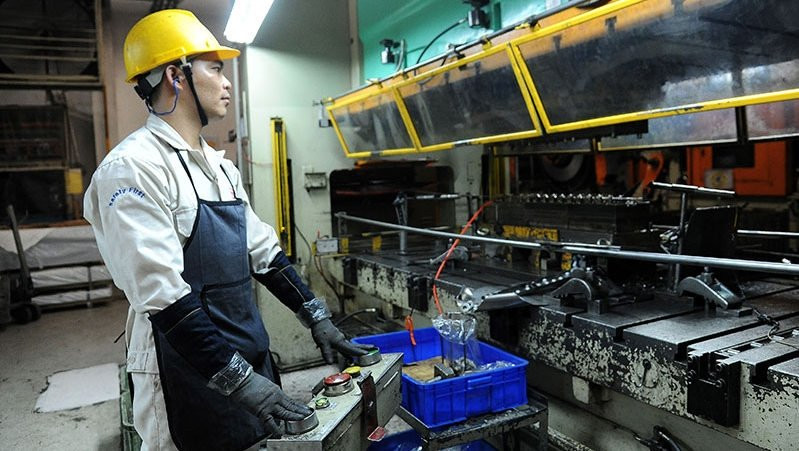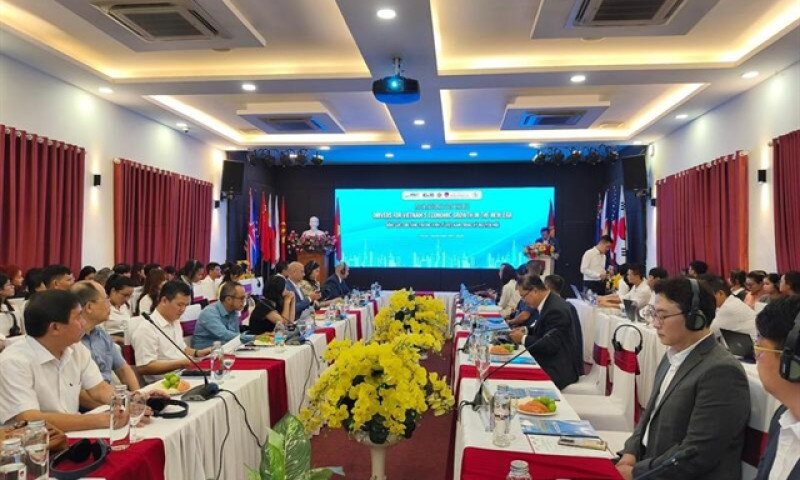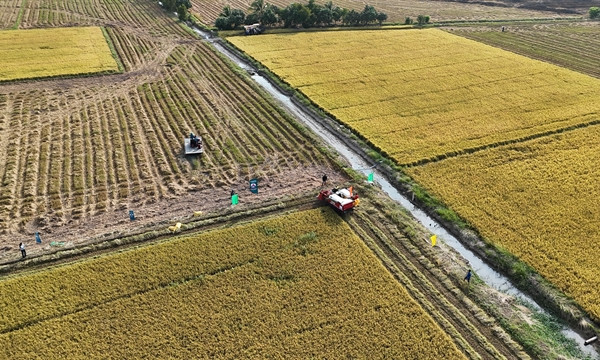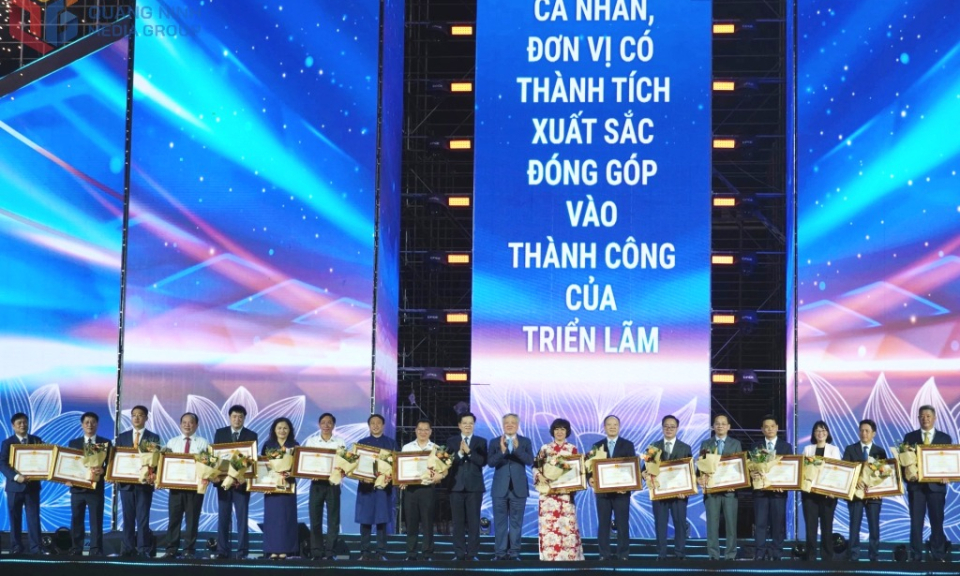Vietnam’s economic growth shows signs of picking up pace
Expectations about Vietnam’s economic recovery have been reinforced by growth in industrial production, public investment disbursement, international trade, and foreign investment since the start of 2022.
The economic picture in the first two months of the year has seen positive changes with the aggressive implementation of the programme on socio-economic recovery and development.
Recovery of growth drivers
A bright spot in Vietnam’s economic picture was the disbursement of public investment, with a two-month figure equivalent to 8.61% of the full-year target, the highest rate in the past five years, thanks to the efforts of ministries and local authorities. In addition to medium-term investment capital, another 114 trillion VND (5 billion USD) has been earmarked for public investment during the two years of 2022-2023 in order to boost recovery.
Industrial production activity also saw a rebound in almost every locality, with the index of industrial production in February up 8.5% over the same period last year, led by a 10% growth in the manufacturing sector. It was an impressive level of recovery, compared to respective negative growth rates of 7.2% and 5.8% in the same month in 2021.
The situation of enterprises also witnessed positive changes when the number returning to business grew by a three-digit figure. New firms also rose by 11.9%, demonstrating the business community’s confidence in the investment climate and their strong resilience amid the difficult market conditions due to COVID-19.
Foreign investment continued to rise with many new projects and additional investment in existing ones, reflecting foreign investors’ high expectations on the Vietnamese economy’s recovery and stability in the medium and long run.
New challenges
However, the recovery momentum of the Vietnamese economy, and the global economy in general, is facing the risk of being slowed down due to new dynamics in the world’s economic and political situation. Although the Russia-Ukraine conflict has a minimal direct impact on Vietnam’s economy because of Vietnam’s modest trade with these two countries, the indirect impacts may be far-reaching. Specifically, rising global oil prices have caused domestic prices to reach record highs in the past eight years, mounting huge pressure on inflation.
Some research organisations have predicted that Vietnam’s inflation in 2022 would exceed 4% and growth would be lower than expected if global oil prices did not go down. Former Director of the General Statistics Office (GSO) Nguyen Bich Lam attributed high inflation to soaring aggregate demand along with economic recovery and the implementation of a 350 trillion VND (15.3 billion USD) support package for the economic recovery programme.
In addition, Vietnam faces the risk of importing inflation as the economy is highly dependent on the import of raw materials. Lam stated that high inflation will lead to a new level of prices, effectively reducing people’s income and their spending capacity. As a result, aggregate demand will fall and the economy will be deeply affected.
According to Nguyen Xuan Dinh, deputy director of general policy at the Price Management Department under the Ministry of Finance, there is no room for complacency in the face of inflation. The biggest risk is from high fuel prices, in addition to the rising prices of input materials. Faced with high inflation, the Ministry of Finance is working on price management regulation scenarios where inflation might exceed the 4% target set by the National Assembly.
In the first two months of 2022, the consumer price index rose 1.68% over the same period last year, with core inflation at 0.67%. According to the GSO, inflation is still being kept in check, but the price regulation task in the coming months needs to closely follow the prices of fuels and measures are needed to ensure the supply of fuels and minimise price increases. At the same time, it is necessary to ensure the supply of essentials goods in case the usual sources of supply might be limited.






